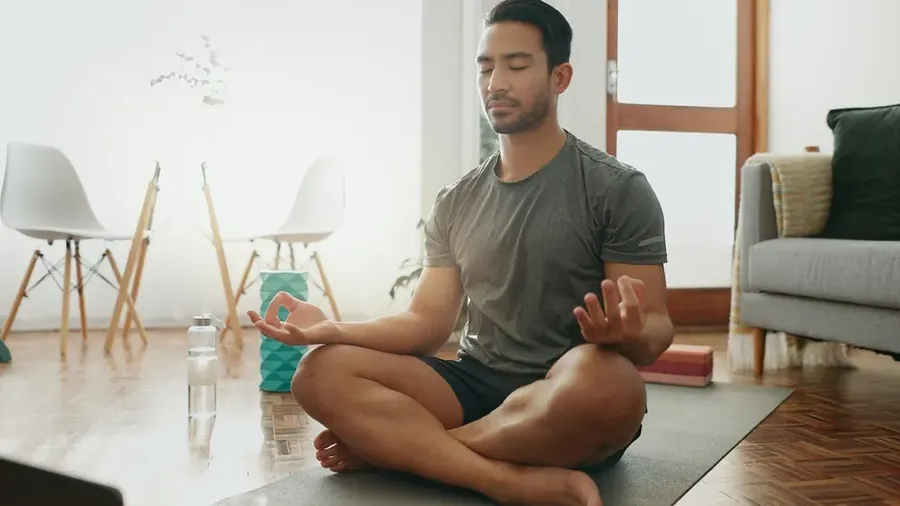A quiet, calming corner for reflection can do wonders for your well-being, and you don’t need a yoga studio or spare room to make it happen. With just a few thoughtful changes, your living room can become a peaceful sanctuary for stillness, breathwork, and mindfulness. Creating an environment that supports relaxation and presence allows you to recharge without ever leaving home, even in the middle of a busy household.

Declutter to Create Mental and Physical Space
A Zen space begins with simplicity. Clutter competes for attention and subtly increases stress levels, making it harder to settle into a meditative state. Start by removing unnecessary items —stacks of papers, visual distractions, or excess furniture. Keep only what you need and love. Minimalism isn’t about making your space empty—it’s about making it intentional. Open, uncluttered areas help create a sense of calm and order. If you share the space with others, consider using baskets or small storage bins to quickly tidy things up before meditating. Even clearing just one corner of your living room can shift the entire energy of the space, inviting focus and stillness.
Choose Soothing Colors and Natural Textures
Color plays a powerful role in shaping mood. Neutral tones, muted greens, soft blues, and earthy hues tend to evoke tranquility and balance. Even if repainting the walls isn’t possible, small accents like throw pillows, blankets, or wall art in calming shades can transform the feel of your space. Incorporating natural textures like wood, stone, or linen can help ground the space and foster a deeper connection to the present moment. A soft rug, woven basket, or wooden meditation bench brings warmth without overwhelming the senses. The goal is to make your environment feel grounded, soft, and welcoming.
Set the Mood With Lighting and Scents
Harsh lighting can make it difficult to relax. Opt for soft, indirect lighting through lamps, string lights, or candles to create a peaceful atmosphere. Dim lighting signals your body it’s time to wind down and encourages a slower, deeper breath. If you meditate in the morning, natural sunlight works beautifully—open blinds or sit near a window. Scents can further support your practice. Incense, essential oil diffusers, or even a lightly scented candle can help signal your brain to shift into a more relaxed state. Lavender, sandalwood, or eucalyptus are popular choices for creating a meditative mood and reducing anxiety.
Incorporate Mindful Elements and Personal Touches
A Zen space doesn’t have to be sterile—adding a few meaningful items can help reinforce your intention to be present. Think meditation cushions, a singing bowl, a small statue, or even a journal. Just be mindful not to overdo it. Each piece should have a purpose or evoke a sense of peace and clarity. You can also create a small altar or focal point to return to during practice. This might include natural objects like stones, flowers, or feathers—anything that reminds you to slow down and breathe. Personalized touches help create a sacred feel that makes the space truly your own.
Create Boundaries for Distraction-Free Practice
In a shared living space, distractions can be inevitable, but boundaries can help. Choose a consistent time of day when the room is quieter , or use headphones with calming background music or guided meditations to help tune out noise. A small room divider, curtain, or even a floor cushion placed intentionally can signal “this is my time.” Let your household know when you’re meditating, and try to keep phones and screens away during your practice. Establishing consistent rituals, such as lighting a candle, setting a timer, and sitting in the same spot, can help build a strong mental connection to your practice and deepen your experience, even in a high-traffic area.
A Peaceful Pause Within Your Daily Life
Creating a meditation space in your living room is less about design and more about intention. When you carve out a corner for stillness and surround yourself with calming elements, you give your mind a place to reset. Over time, the space itself becomes a cue to slow down and reconnect. Whether you're sitting in silence for five minutes or settling in for a longer practice, a peaceful environment can support every breath, every pause, and every moment of mindfulness.
